9 Biggest Phone Trends for 2019
A guide to every exciting technology coming to a phone near you next year.
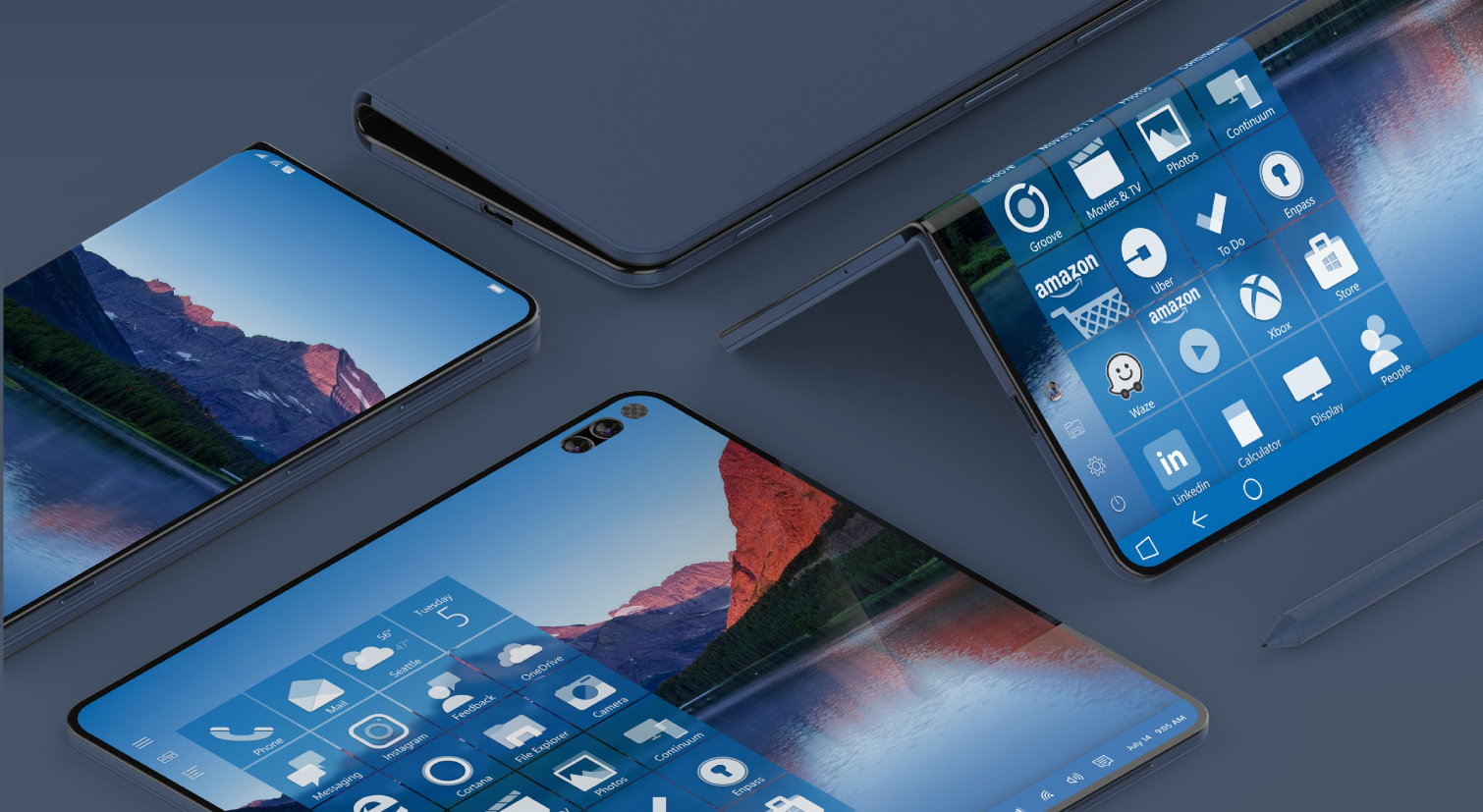
The last few months of 2018 brought in new developments that are making smartphones kind of exciting again. New form factors, AI power ups, amazing camera tricks… 2019 will be a phone renaissance, even if Apple is left out of the party. Here’s a look at what to expect in 2019.
Foldable phones
The new foldable form factor is perhaps the biggest trend to watch in 2019. It’s going to be an invasion. Google is betting on it and every major Android phone manufacturer is pushing for it.
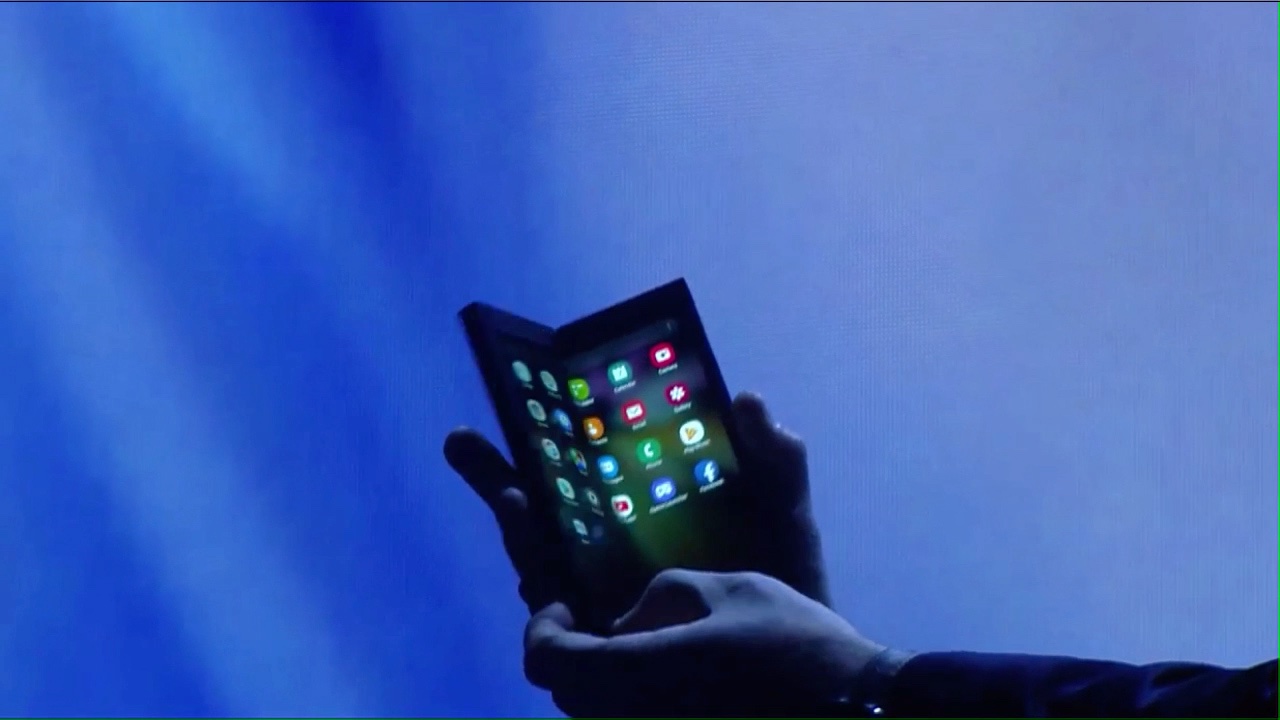
Samsung will put out its Galaxy Fold at Mobile World Congress. Huawei is bringing out its own device that unfolds to 8 inches. Unknown brand Royole has one already. LG will allegedly bring a foldable at MWC. Chinese phone leader Oppo too. And Motorola is reportedly working on a flexible Razr.
Apple is reportedly working on a foldable too, but don’t hold your breath for a foldable iPhone this year — or ever.
Punch-hole front cameras
In their quests to eliminate the notch, Samsung and Huawei seem to be betting the house on displays with laser-drilled holes that let selfie cameras see through.
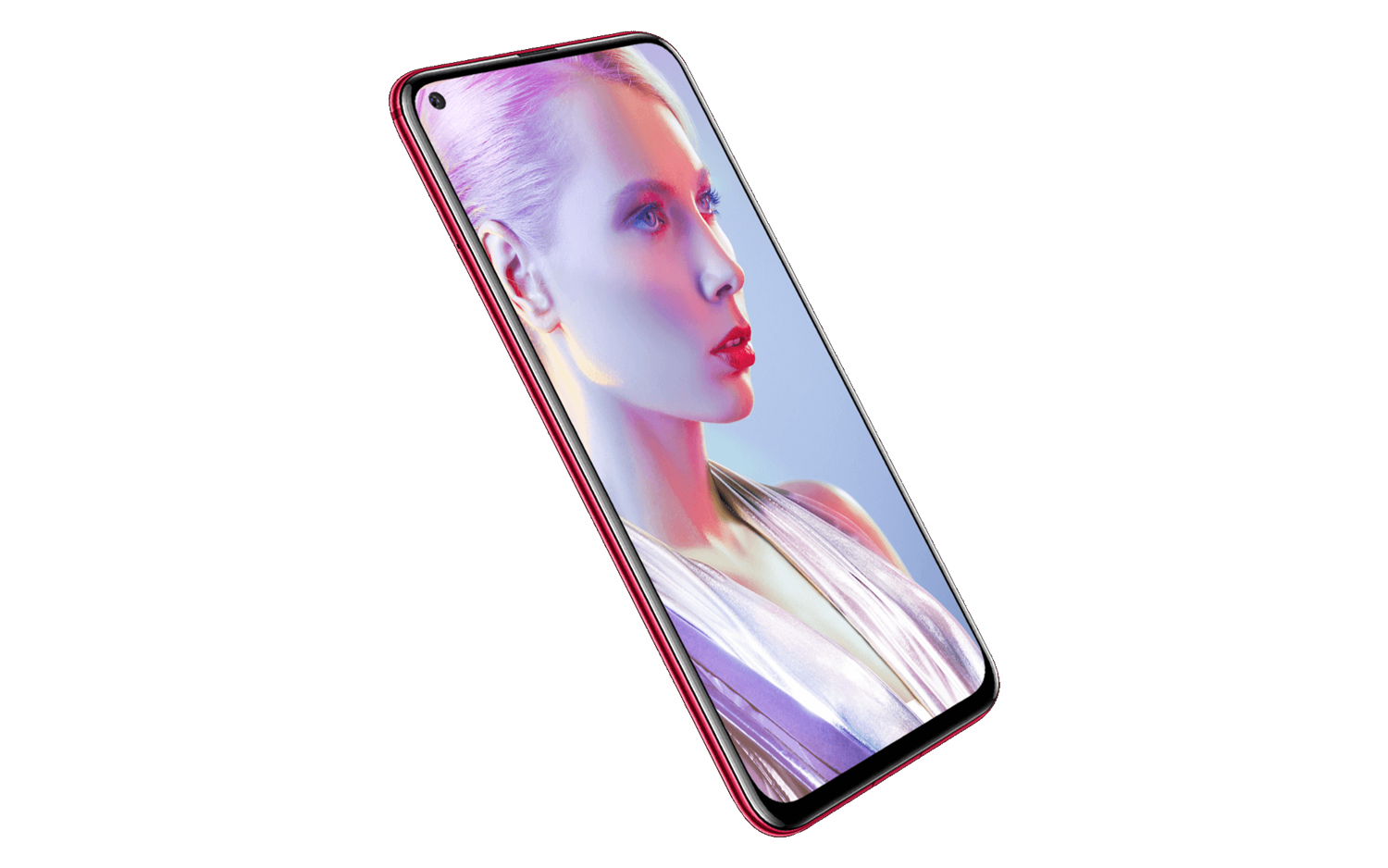
Samsung has already released the A8S, featuring its Infinity-O display. And its next flagship, the S10 series, will have the same display albeit with a smaller hole. Meanwhile, Huawei has already introduced its Nova 4 phone.
Fingerprint in display
All of the new phones with sliding displays, punched-hole cameras, and dual-screens will come with a fingerprint ID built in the display. While the Vivo Nex S had such a mechanism, it didn’t work reliably enough. This has changed completely in the OnePlus 6T, Oppo Find X, Nubia X, and the rest of the phones with touch ID inside their display. The new phones recognize your fingerprint fast and accurately.
Samsung is rumored to include a new ultra-sonic sensor that will be even faster and more secure, using sound rather than a photographic sensor to create a 3D map of your fingerprints.
Apparently, nobody got the memo from Apple that facial ID is allegedly more secure than fingerprint recognition. Perhaps because it’s an useless claim.
Sliding displays
Other manufacturers are betting on sliders to get a completely clean front display, absolutely free of annoying notches or slightly less annoying punch holes.
There’s Oppo — the biggest phone seller in China — with the mechanized Oppo Find X. The Honor Magic 2 is another slider, one that is manual, and so is the Xiaomi Mi Mix 3, with its slide-and-click action that feels straight from a 1990s Nokia (and just as satisfyingly good).
Dual Screens
Yet another set of players are neither doing the punch hole nor the slider. Instead, they are adopting dual screens to avoid any potential mechanical problems while getting a totally clean front screen.
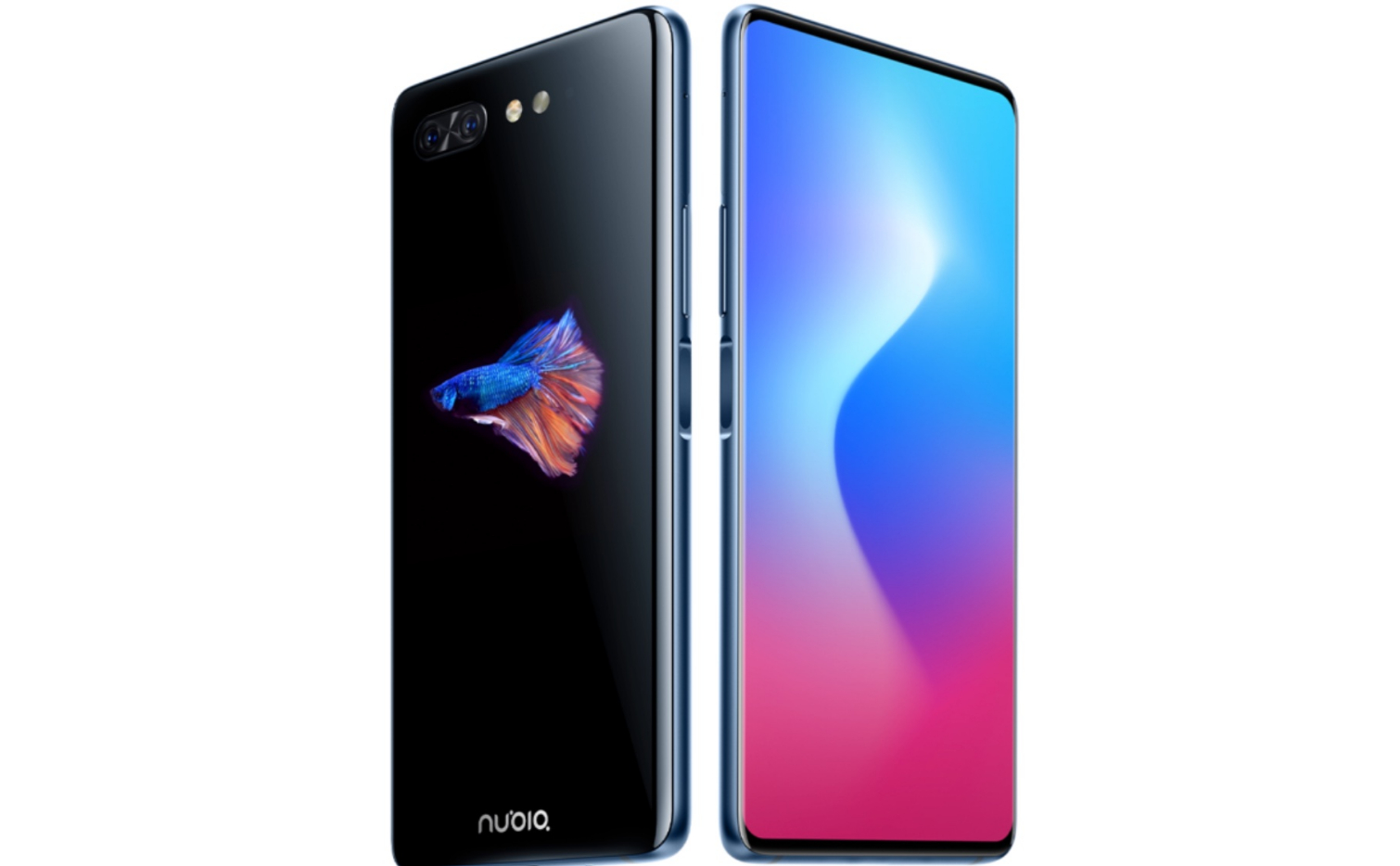
This was a trend started by the Nubia X, a $473 phone with a frontal 6.26-inch LCD IPS panel and a back 5.1 AMOLED display that allows you to take selfies using the main, higher quality cameras and flash. The other dual-screen phone manufacturer — which is owned by the same company that owns Oppo — is Vivo and its Nex 2 phone.
Large system RAM and extremely large storage
Another trend that started this year has been the insane RAM and storage specs that phone makers are cramming into their devices. Do we really need a phone with 12GB of RAM like the Lenovo Z5 Pro GT? I don’t think so — unless you are planning as using the phone as a computer. Same with the Oppo Find X and its 10GB of RAM.
The Samsung Galaxy S10 Plus is rumored to come with up to 12GB of RAM and 1TB of storage. Most flagships introduced at the end of 2018 had 512GB options. Count on 1TB for all top phones in 2019.
Tri-, Quad-, and Penta-camera phones
The Huawei P20 Pro started the triple-camera party, using three sensors combined through artificial technology to obtain amazing quality photographs even in low light. And while Google is relying entirely on single-sensor cameras and AI while Apple is doing two cameras max, the general trend seems to be increasing the camera count to obtain better quality photos or just be able to capture scenes and people with different lenses, from telephoto to wide angle.

Last October Samsung announced the first quad-camera phone, the Galaxy A9. And its new S10 series will have up to three cameras in 2019. And so will most manufacturers, like Oppo. Huawei will up its game introducing four cameras with the P30 Pro.
But Nokia will beat them all reviving its Pureview brand to release the insane Nokia 9 with five camera sensors in the back.
More power for smarter AI
All these cameras will be driven by artificial intelligence processors, which will be the other big trend in 2019 as manufacturers include more and more AI processing power in their phones’ CPU.
Apple has led the way with its Bionic processors, with AI processing units that will only get magnitudes of order faster next year. Samsung has included NPUs in its latest Exynos processor, which will power the Galaxy S10 in many countries around the world. And of course there’s the latest Qualcomm Snapdragon 855, which reportedly beats Apple’s (by a small margin) and comes with upgraded NPU units all around. The new 855 will power the S10 in the US and the next generation of flagships around the world.
5G
And of course there is 5G. Everyone that matters but Apple is coming out with a 5G phone in 2019. The speeds are pretty insaneif you can get coverage — it will likely be more than a year before 5G is available all over the United States or Europe.
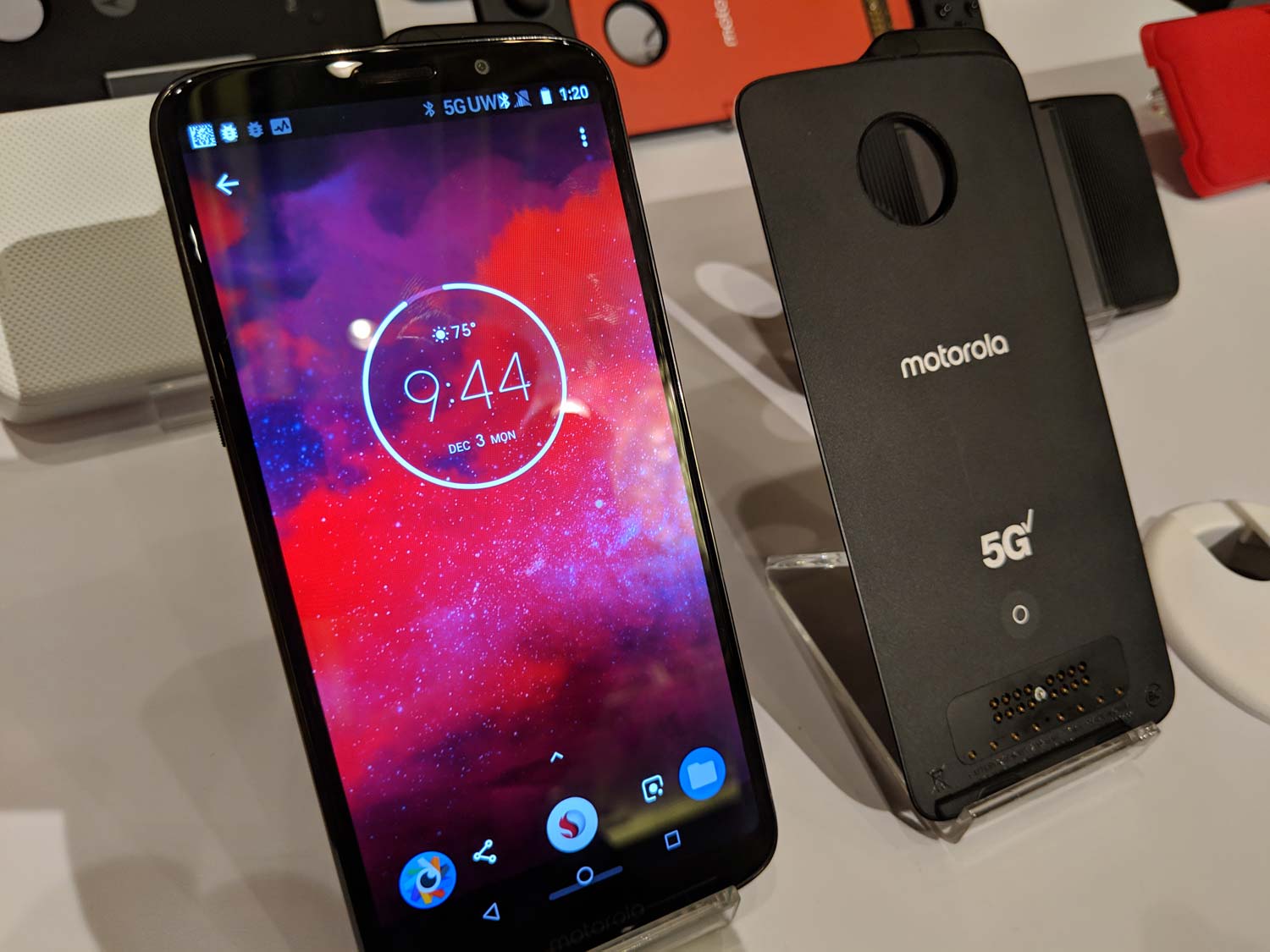
Regardless of the potential slow adoption of 5G, 2019 will be a pretty exciting for smartphones. Lots of players are trying lots of new things. Once the dust settles by December of next year, we will know who won the no-notch and flexible phones battle. No matter what the result of these new impending wars is, it’s good to see competition as companies try to get out of Apple’s gravity field.
Cover Image: Ryan Smalley
Get instant access to breaking news, the hottest reviews, great deals and helpful tips.
Jesus Diaz founded the new Sploid for Gawker Media after seven years working at Gizmodo, where he helmed the lost-in-a-bar iPhone 4 story and wrote old angry man rants, among other things. He's a creative director, screenwriter, and producer at The Magic Sauce, and currently writes for Fast Company and Tom's Guide.

